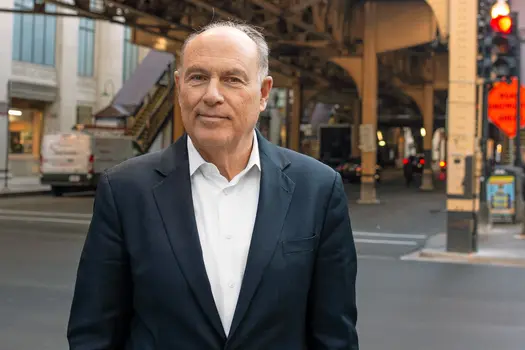In the United States, more than seven people die each hour from violence. While politicians argue over whether guns or mental health issues are to blame, Gary Slutkin, MD, has another idea. What if violence is a disease we can prevent?
The idea isn’t far-fetched. Like the flu or other infectious diseases, violence results in symptoms -- and deaths. It’s also contagious, says Slutkin, an epidemiologist who once worked in Somalian refugee camps and for the World Health Organization, curbing outbreaks of tuberculosis, cholera, and AIDS. “The more you’re exposed, the more likely you are to do it to someone else.”
He says violence has been misunderstood and misclassified, much in the same way we used to treat leprosy and the plague in the past. “We saw these people as bad, and they were punished.”
Cure Violence, the organization Slutkin founded in 1995, aims to prevent violence in the same way public health efforts prevent outbreaks of infectious diseases. “It’s been well shown by independent studies that you can find people who are about to do a shooting, stop them, and prevent retaliations. This is the way public health works,” he says.
In cities like New York, Baltimore, Oakland, San Salvador, and Nairobi, Cure Violence sends out “violence interrupters,” trusted members of the community who are trained to identify simmering individuals and intervene before they can commit a violent act. “These workers have been very carefully selected for having access and trust and credibility, which is essential for any health worker,” Slutkin says. “The outreach workers know how to cool people down, prevent events from happening, and prevent relapses.”
Does it work? Cure Violence cites studies that show big declines in violence in cities where the program has rolled out: a 63% drop in shootings in New York City, 45% less violent crime in Trinidad & Tobago, and a 48% decline in shootings the first week the program launched in Chicago.
Slutkin says that within 2 to 3 years after implementing this program, given enough funding and training, cities could see as much as a 70% to 80% drop in violent crimes. Preventing violence saves not only lives, but also money. “This is an overwhelming societal problem,” he says. “They’re the kids not being able to think and study, teachers not being able to recruit or stay, businesses not coming into the neighborhoods, economic development not happening, housing costs way down, tourism down, people migrating out.”
He says his solution is no different from what cities would do if they were faced with a health epidemic like Ebola or measles. “You’d get the right amount of money, and you’d get rid of the problem,” he says.
